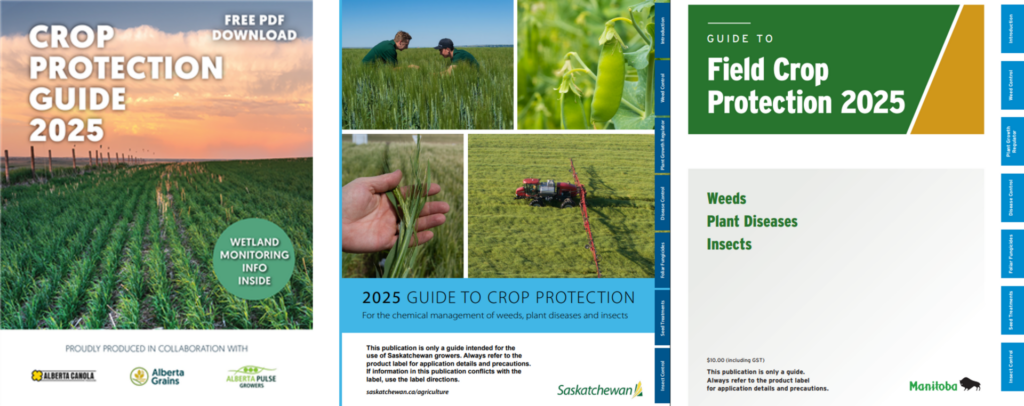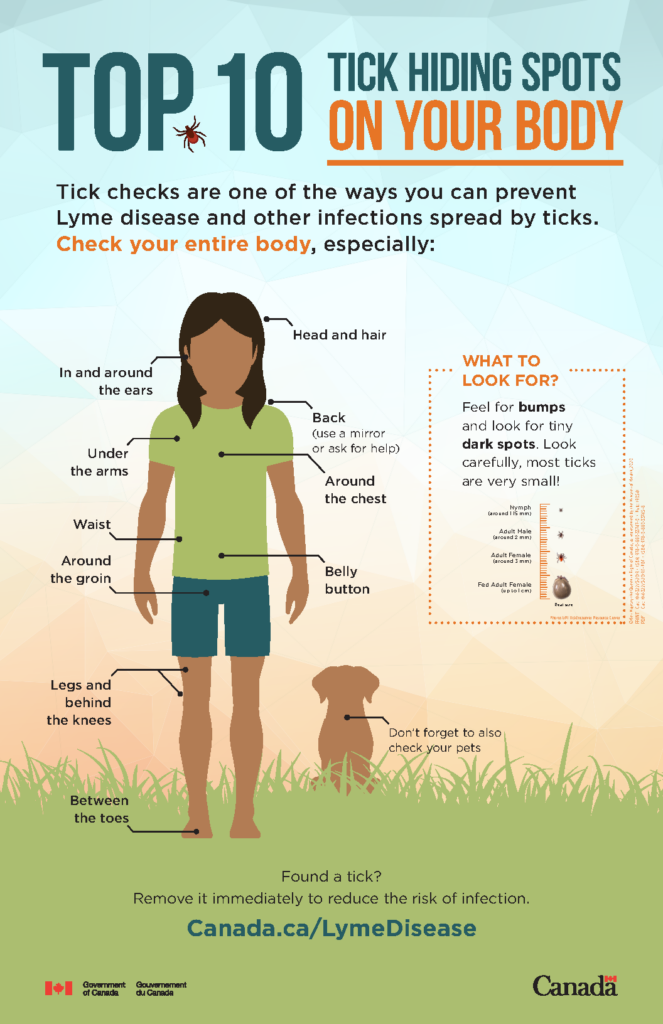Prairie-wide provincial entomologists provide insect pest updates throughout the growing season. Follow the hyperlinks to access their information as the growing season progresses:
MANITOBA’S Crop Pest Updates for 2025 have started! Review a PDF copy of the latest reports released June 26, 2025!
• Insect pests named in the June 26th report include true armyworm, alfalfa weevil, thrips, and cereal leaf beetle. The cabbage seedpod weevil survey is set to begin and targets canola fields as they start to flower.
• Cumulative 2025 counts of intercepted diamondback moths are updated weekly to provide regional information to producers and guide in-field scouting.
• Pheromone-baited trap counts are available for true armyworms in these reports.
• Cumulative 2025 counts of intercepted bertha armyworm moths are updated weekly.
• Bookmark the Crop Pest Update Index and the insect pest homepage to access fact sheets and more!
SASKATCHEWAN’S Insect pest homepage links to important information! Thanks to J. Tansey with Saskatchewan Agriculture for sharing the following update (as of June 26, 2025):
• Peritrechus convivus damage has been reported in canola, and durum. There are no thresholds and no registered control products. Please report populations to Tyler.Wist@agr.gc.ca or James.Tansey@gov.sk.ca Adults are brownish-black seed bugs (link to iNaturalist.ca for images of adults) but nymphs are typically aggregated, have a vividly red abdomen with blackish-brown head and thorax (link to 2022 The Western Producer article for image of nymph).
• Substantial rain should bring relief to wheat crops affected by brown wheat mite.
• Flea beetle populations are waning as the canola crop develops.
• Significant cabbage seedpod weevil populations have been reported in the SW and Central regions
• Large numbers of pea aphid have been reported in alfalfa hay with the first cut in several regions of SK. There were reports of poor performance of lambda-cyhalothrin insecticides in pea aphid populations in 2024. In response, we have prepared field test kits to assess sensitivity of pea aphid to the insecticide lambda-cyhalothrin but test kit numbers are limited.
ALBERTA’S Insect Pest Monitoring Network webpage links to insect survey maps, live feed maps, insect trap set-up videos, and more. There is also a Major Crops Insect webpage. Remember AAF’s Agri-News includes insect-related information:
• June 23, 2025, issue notes that the 2025 cabbage seedpod weevil survey has started in southern Alberta, containtes links to the CSPW reporting tool, and 2024 survey results. It also notes a report of red turnip beetles in canola.
• Diamondback moth pheromone trap live monitoring map for AB – Cumulative counts derived from weekly data are now being generated so refer to the Live map.
• Bertha armyworm pheromone trap live monitoring map for AB – Cumulative counts derived from weekly data will be generated so refer to the Live map.
• Cabbage seedpod weevil live sweep-net monitoring map for AB – In-field reports are uploaded daily so refer to the Live map.
• Wheat midge live sweep-net monitoring map for AB – Cumulative counts derived from weekly data will be generated so refer to the Live map.


